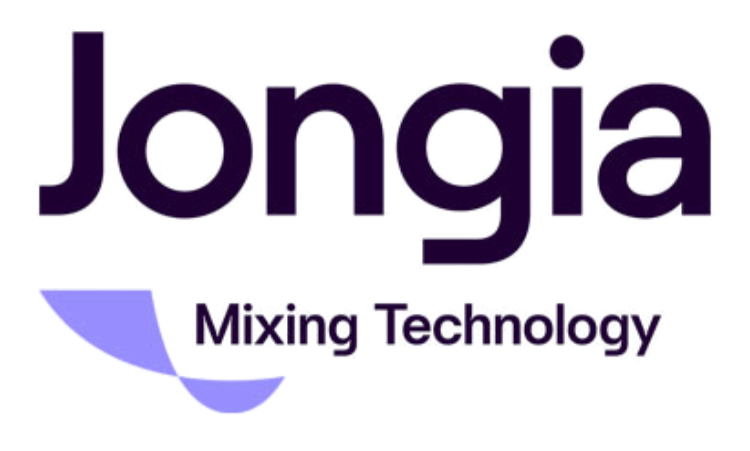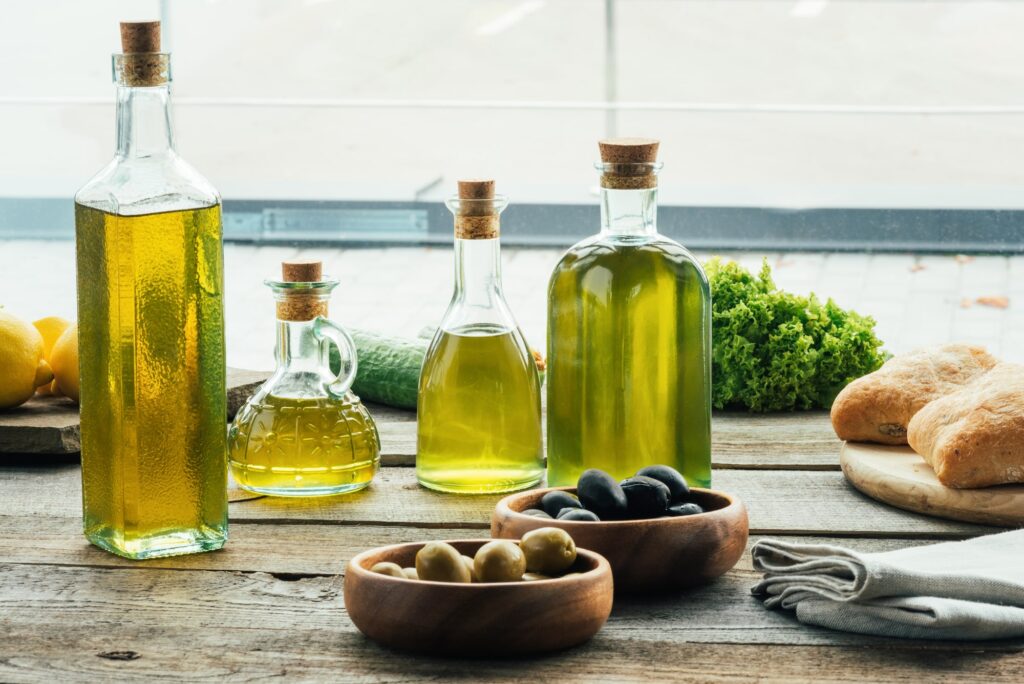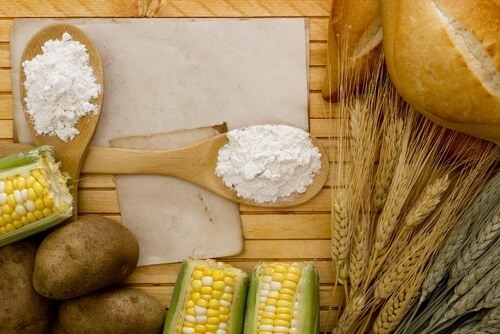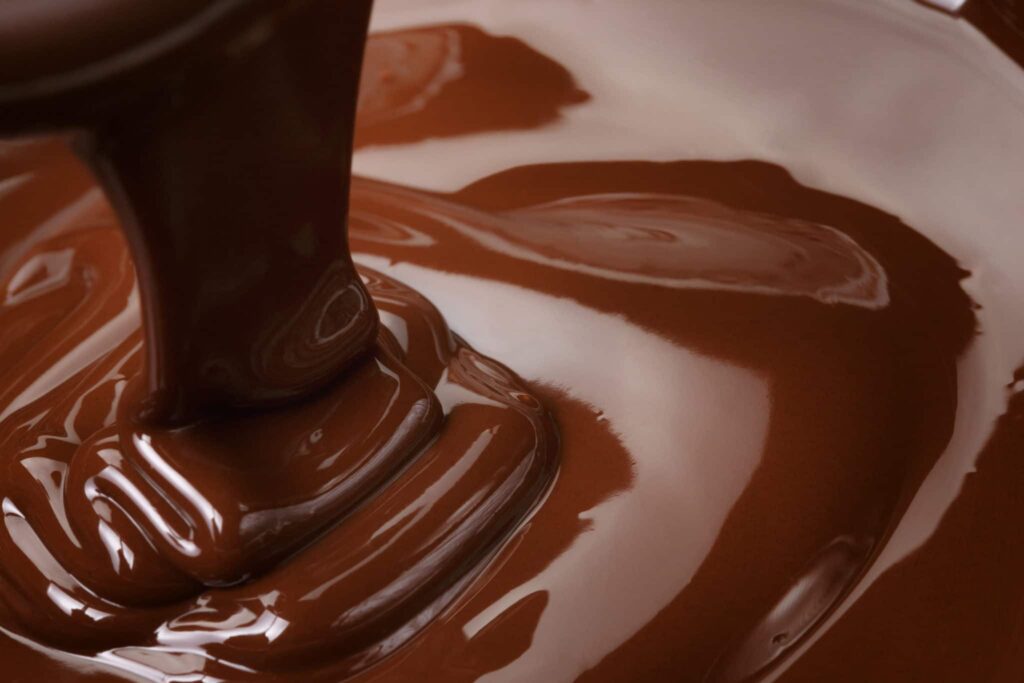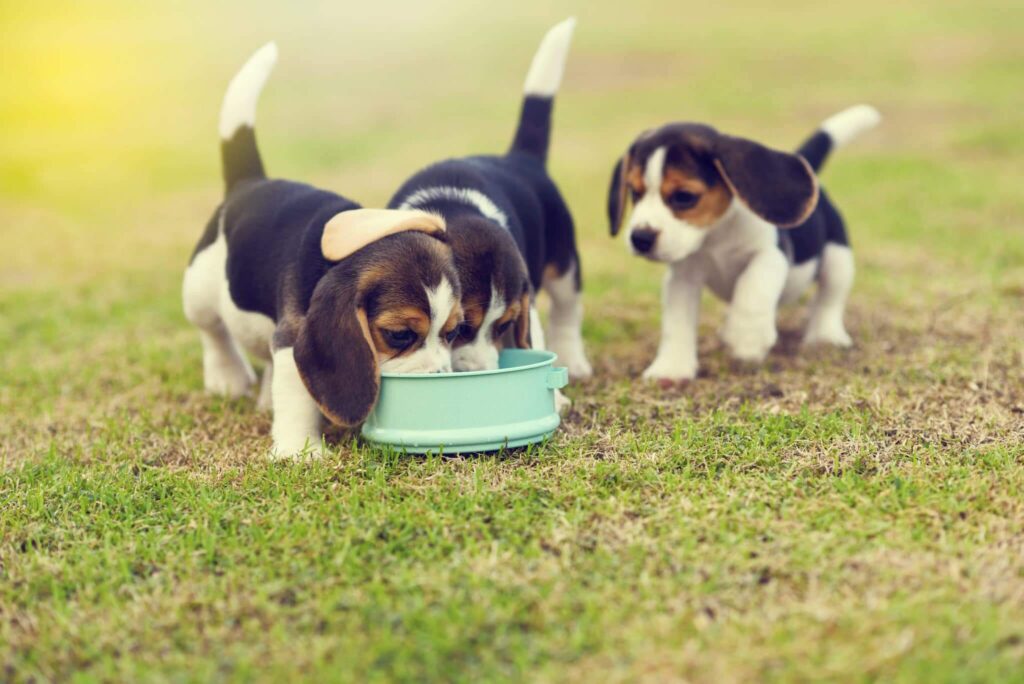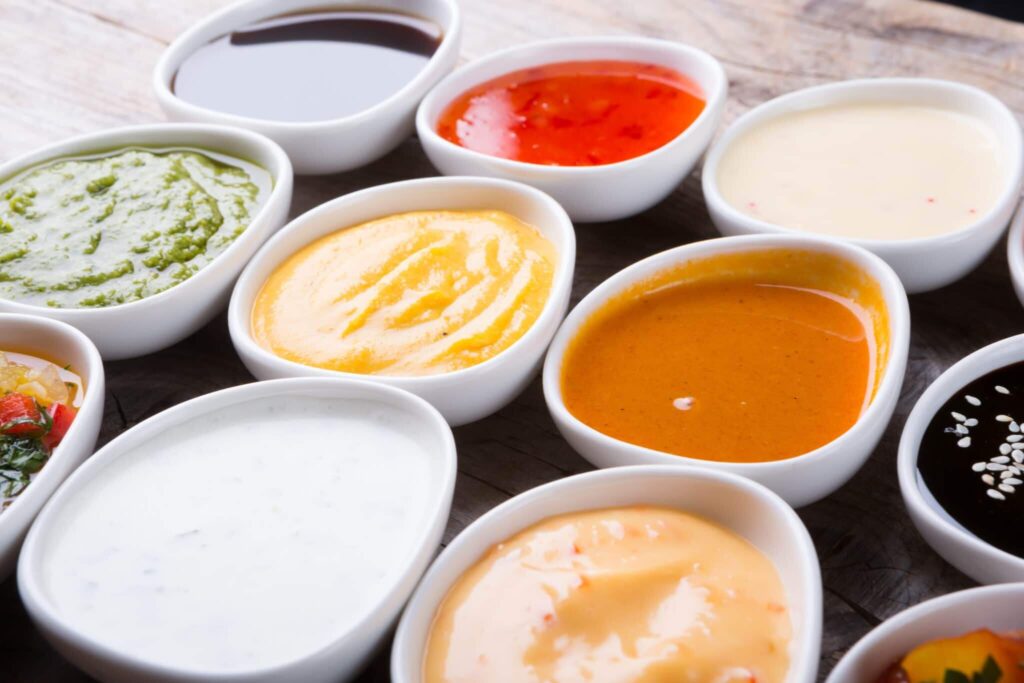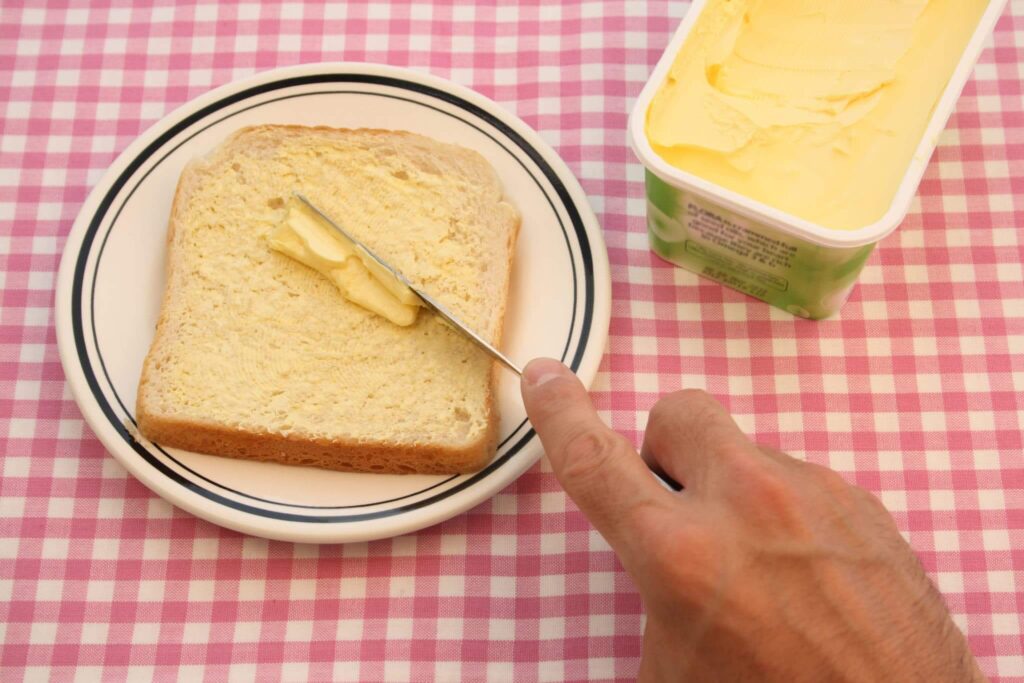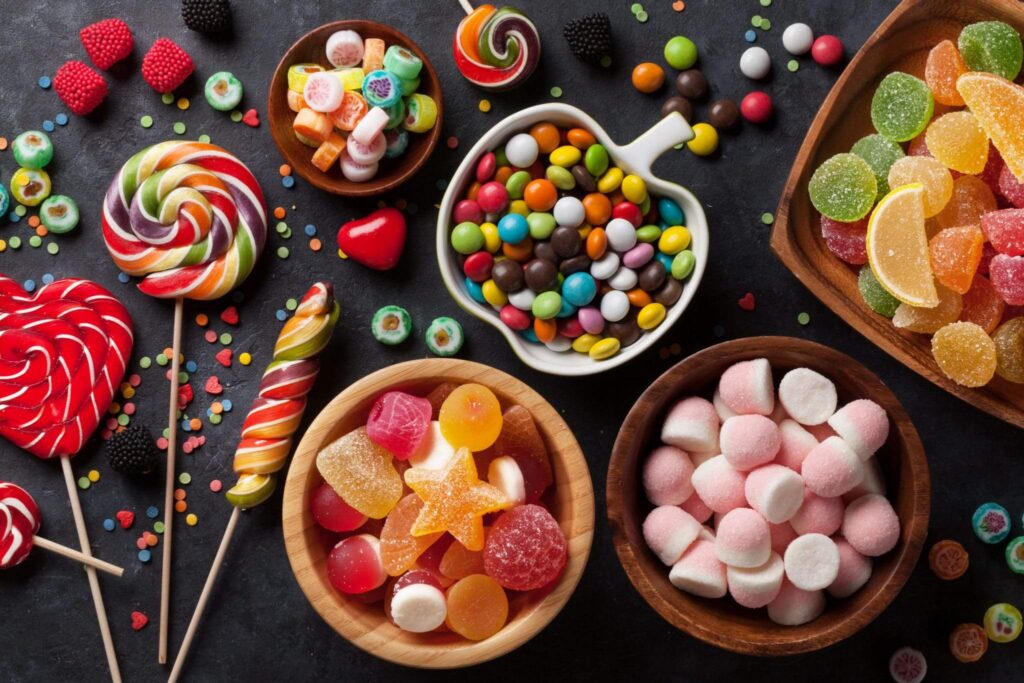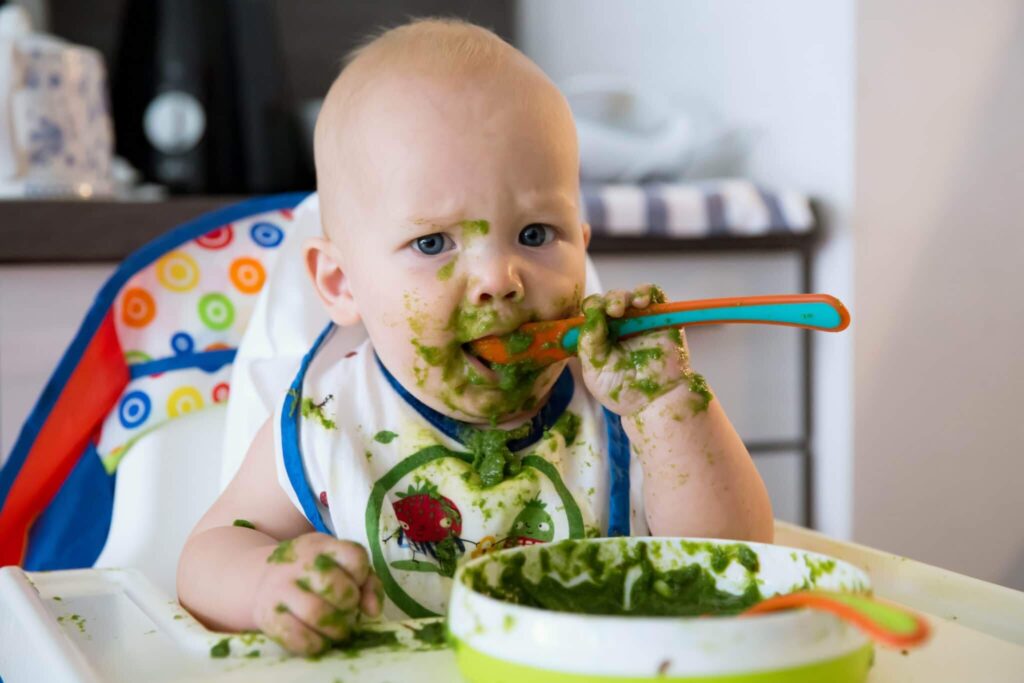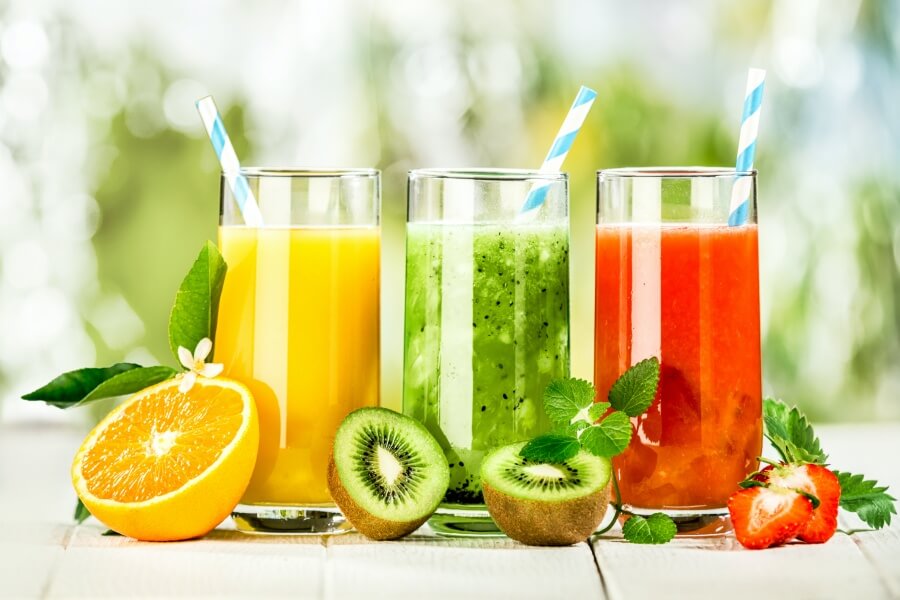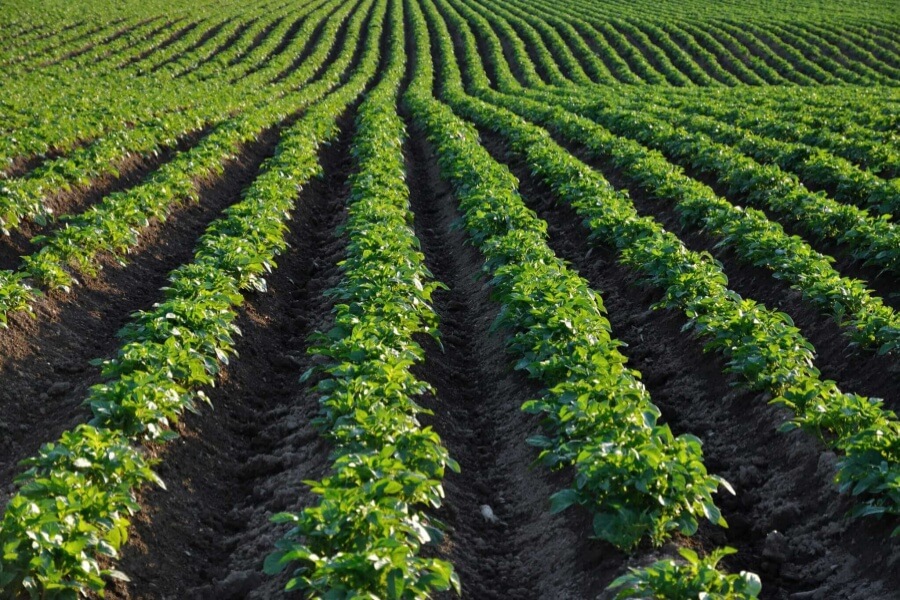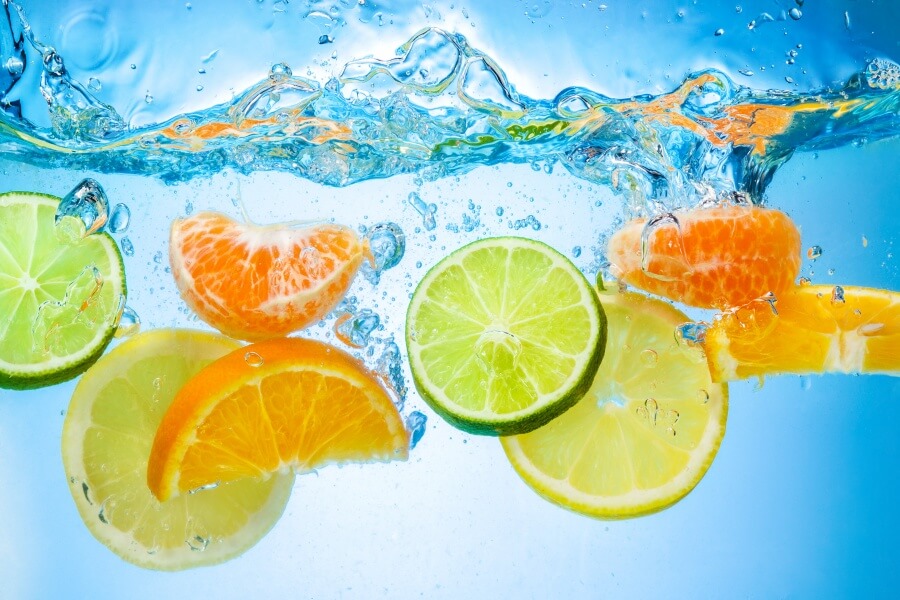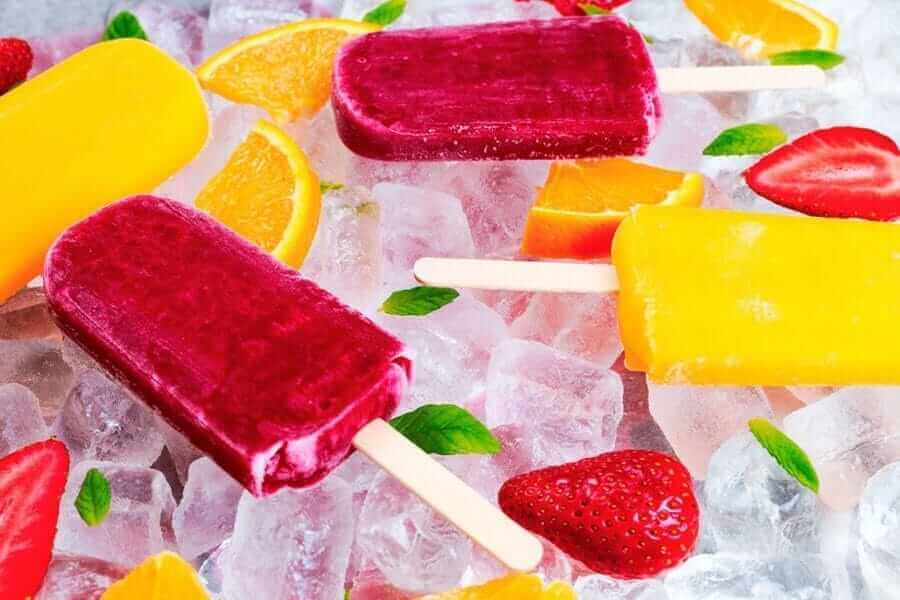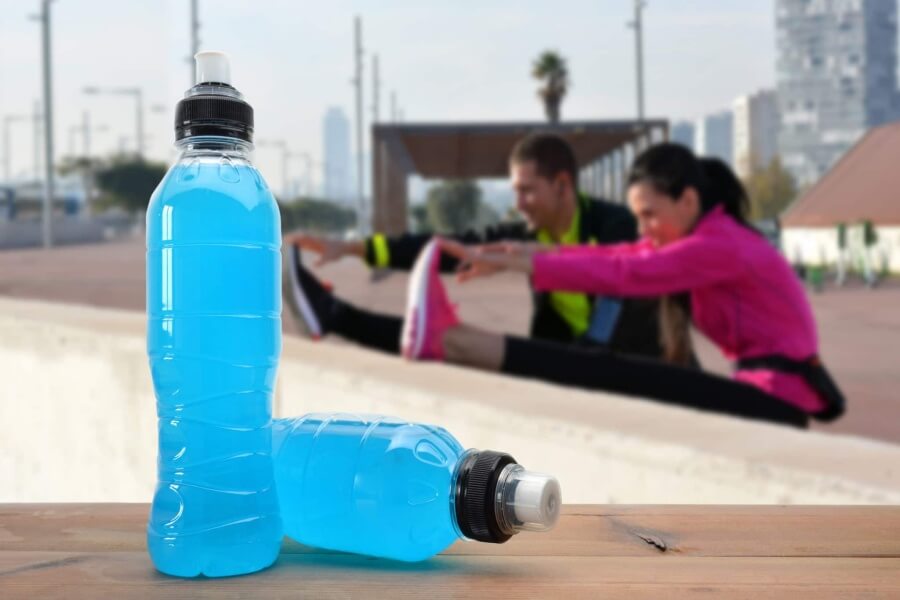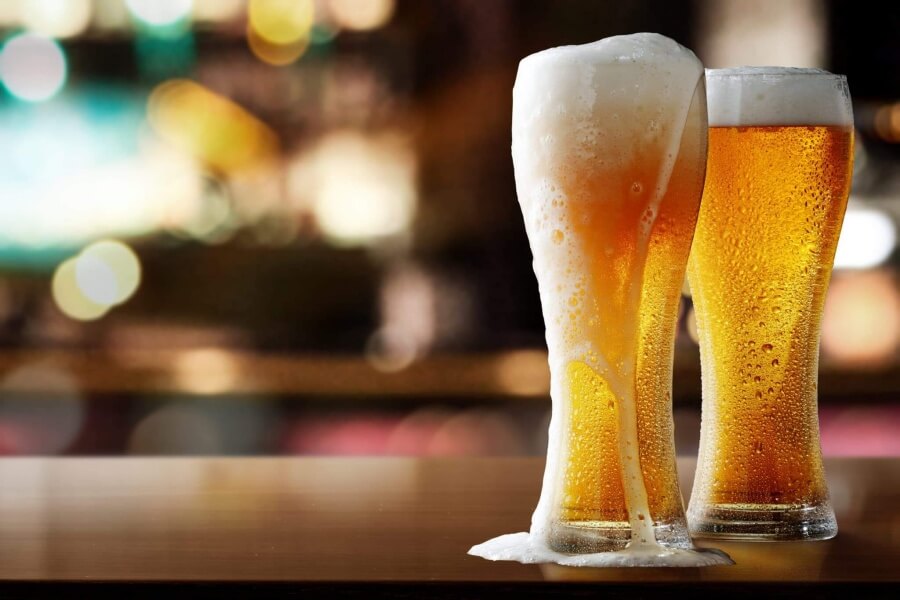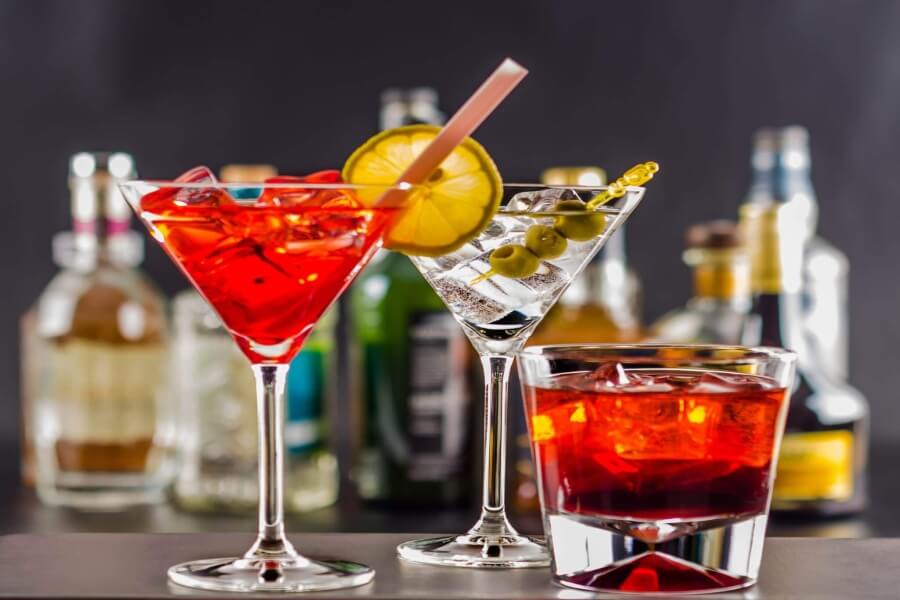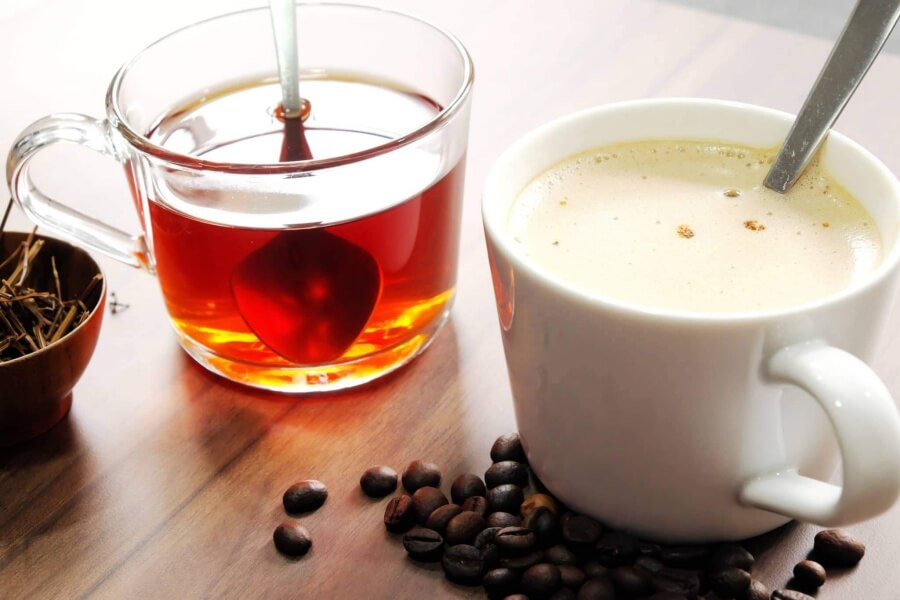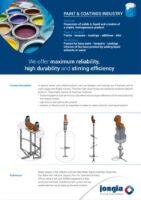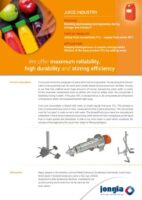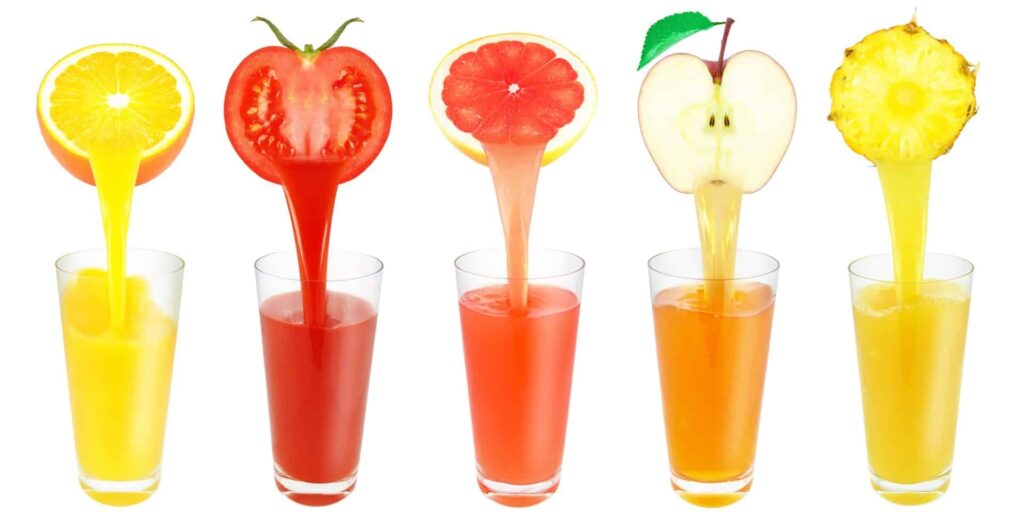
Fruit Juices & Concentrates
Fruit juice is an unfermented beverage obtained by mechanically pressing or macerating different types of fruit juices. Different types of fruit juice offer different health benefits. For example, avocado juice offers an increase to the body’s natural energy, watermelon juice keeps the body hydrated and papaya juice ensures healthy digestion. Due in part to its refreshing taste, long shelf life and different types of fruits, fruit juice is one of the most consumed beverages around the world.
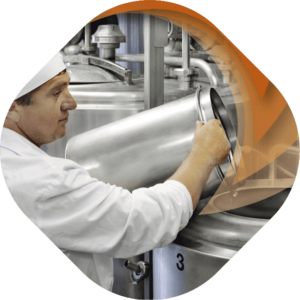
For the best mixing solution we rely on our process knowledge of more than 80 years and our high quality sanitary design

Market developments of fruit juices & concentrates
The global fruit juice market reached a value of $141 billion in 2021. The market is expected to reach a value of $182 billion by 2027.
The consumption of soft drinks, such as colas and flavored soft drinks, is declining worldwide. This is because they contain a high presence of sugars, artificial colors, phosphoric acid, artificial sweeteners and caffeine. These substances have very negative effects on the human body. Partly because of this, a large number of consumers are switching from carbonated beverages to natural fruit juices. Often these are also fruit juices without sugars present and based on a natural source. The demand for pure fruit juice also continues to increase because of this; most fruit juices still have a lot of sugar but this is changing. The ratio between the amount of water, sugar, vitamins etc depends on the type of fruit. Thus the health factor also varies by type of fruit juice.
The growth factors for Fruit Juices & Concentrates
Changing lifestyles and changing eating patterns of consumers have led to increased intake of affordable, healthy and fast food sources. Fruit juice is one such type of food source, this is catalyzing the growth of the market.
To expand the consumer base, manufacturers are introducing a wide range of flavors and producing preservative- and sugar-free fruit juices. Given the demand from many consumers, many more suppliers are also coming out with organic fruit juices today. In addition, growth in the food and beverage industry is boosting the overall demand for fruit juices worldwide.
Earlier, a number of producers were hesitant to sell their products in emerging countries due to the lack of infrastructure and storage facilities. However, with an increase in the number of organized outlets, several producers are now willing to invest in these markets, which is expected to boost the growth of the fruit juice industry. Due in part to these developments, juice production and consumption of fresh fruit juices will only continue to increase.
Beverages Applications
Frequently Asked Questions
What is fruit juice?
Fruit juice is an unfermented beverage made by mechanically pressing or macerating various types of fruits. Different juices provide unique health benefits, such as hydration from watermelon juice or digestive support from papaya juice. Its refreshing taste and long shelf life contribute to its global popularity.
What is the current market value of fruit juice?
The global fruit juice market was valued at $141 billion in 2021 and is projected to reach $182 billion by 2027. This growth reflects increasing consumer preference for healthier beverages over sugary soft drinks and highlights the rising demand for pure fruit juice products.
What factors contribute to the growth of the fruit juice market?
Changing lifestyles and consumer preferences for affordable, healthy food sources drive the fruit juice market’s growth. Manufacturers are responding with a variety of flavors and organic options, aimed at meeting the demand for preservative-free juices, which enhances consumer interest in healthier alternatives.
How are fruit juices transported and processed?
Fruit juices can be transported either as concentrates or as fresh juice. Concentrates are evaporated to save transport costs, while fresh juices retain essential oils. Each method has advantages and disadvantages related to flavor retention and cost efficiency in processing.
What are the mixing techniques for juice production?
The mixing process varies depending on the juice type. For high-viscosity concentrates, low-speed mixers are used, while low-viscosity juices require fast mixers for rapid blending. Proper mixing techniques maintain homogeneity and preserve vital nutrients, such as vitamin C, in the final product.
Food & Beverages Contacts

Tom Pruymboom
Sales Director
Area Worldwide

Bart Brouwer
Area Sales Manager
Area Worldwide

Sijko van der Veen
Application Engineer
Technical Specialist
Food & Beverages – Related Articles
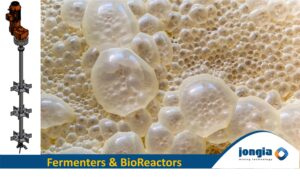
Fermentation & Bioreactor Mixing Process
Bioreactors and Fermenters are culture systems to produce cells or organisms. They are used in various applications, including basic research and development, and the manufacturing of biopharmaceuticals, food and food additives, chemicals, and other products. A broad range of cell types and organisms can be cultivated in bioreactors and Fermenters, including cells (like mammalian cell lines, insect cells, and stem cells), microorganisms (like bacteria, yeasts, and fungi), as well as plant cells and algae. The words “Bioreactor” and “Fermenter” are basically the same thing.
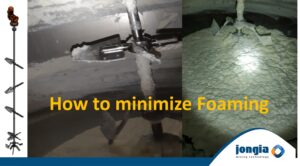
How to avoid foaming in your mixing process?
Through years of experience, Jongia Mixing Technology knows the correct application to many mixing processes. So too with mixing processes where the elimination of foaming – which can occur through the behaviour of the recipe – is of great importance.
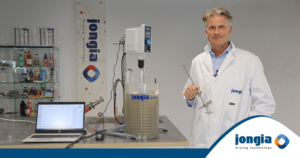
Tutorial: starch gelatinization – from raw starch to glucose syrup
Around the world, Jongia Mixing Technology has initiated numerous mixing processes using its agitators to produce modifications from raw starch and convert them into usable products. An example of a product where raw starch is one of the constituents is
Fruit juices and concentrates
Fruit juices can be divided into fruit juice concentrates and regular fruit juices.
Mixing process for both types of juice typically involve :
- Keeping homogeneous during storage and transport
- Blending
Requirements for the mixing equipment to be used depend on the specific characteristics such as viscosity and density which vary considerably from one fruit juice to the other. Think for example of the differences between orange and banana juice.
After harvesting in countries like Brasil (provenance of 80% of the total juice/concentrate) and South European countries the choice is made to transport the product either as regular juice or as concentrate each method having its pros and cons.
Fruit juices consist for a large part of water which can be evaporated. The resulting thick concentrate is subsequently transported all over the world and is finally diluted at juice production facilities so that they can be pumped. It’s easy to see that this method saves huge amounts of money: transporting mere water is costly. On the downside etheric oils are removed during evaporation, a toxic and difficult process, and they must be added when the concentrate is diluted by mixing in water.
If the juice is transported as is, etheric oils are still present in the product and it can be packed/bottled right away. To keep the product homogeneous a slow running mixer, type LD, with a lip seal as shaft seal, is the mixer of choice.
Fruit juice concentrate must be kept homogeneous during transport which is mainly in big tankers.
It is very important to avoid oxygen in the concentrate because it breaks down vitamin C, clearly this must be prevented at all times. To do so hydrofoil type elements are often used. Passing through the liquid level is quick and the element is configured to induce a minimum of stress on the product.
Fruit juice concentrate has a high viscosity (approx. 25,000 cP) and is therefore in the laminar phase and moves in only one direction. The liquid blends in small layers one on top of the other. The mixer of choice has a low rpm, a low tip speed and a large working area in respect to the diameter of the tank. Loss of vitamin C is kept to a minimum and stagnant areas in the vessel are being avoided.
Fruit juice concentrate is diluted with water to create fruit juice. The process is, from a mixing technique point of view, comparable to that of paint production. The concentrate must be “cut open” in order to mix it with water. Our multiple counterflow element/axial flow turbines are the mixing elements of choice for this process. The viscosity drops from 25,000 to approx. 15,000 cP and then the juice can be pumped into tanker trucks for transport to juice handling specialist companies where it is diluted to approx. 50 cP.
The diluted/fresh juice has a low viscosity and is therefore in the turbulent phase during mixing which allows for fast mixing because the liquid flow is mixed quickly and chaotically. A fast running mixer with a high tip speed is used which completes the process of homogenizing the juices in no time flat, ready for filling/packaging.
References:
Döhler/Citrosuco/Zuvamesa/Continental Juice/Hiwa
There are many kinds of fruit and vegetable juices like orange, apple, pineapple, carrot, beet and many other juices. Jongia’s mixers are applied in blending, diluting and in the storage tanks. The choice of mixer depends on the degree of viscosity of the juice/concentrate.
Blending and diluting
High viscosity
Concentrates
Top entry mixer > langzaamlopende roerders met grote elementen:
Fast blending times, low installed power, little power input into product which has to be cooled down again, little air intake. Blending is done with special counterflow turbines that separate the product by pumping up and down during the blending process or by U/Z turbines with sufficient tip speed to do the same.
Storage
Storage fresh juice: magitator (hygienic)
Storage contrates: top entry mixer
The mixing process of juices
Fruit juices can initially be divided into fruit concentrate and fruit juice. Of course, each fruit, think pineapple banana or orange juice have their own specific properties in terms of density and viscosity. Which greatly influences the stirring process each time.
After harvesting on the orchard in warm countries like Brazil (80%) and the rest from southern Europe, the fruit is pressed into fruit juices. To be then transported. One then chooses to transport it as concentrate or as fresh fruit juice. Both ways have their pros and cons.
Since water has a large proportion, it can be evaporated from the fruit juices. The condensed concentrate is then transported all over the world. To be finally thinned at the processing plants into pumpable portions. By carrying out this process skilfully, huge transport costs are saved. After all, transporting water is obviously a costly operation. A disadvantage of this is that the essential oils also disappear from the fruit juices; these have to be added again later, during the mixing of water.
If the fruit juice is transported directly, the essential oils are retained in the product. Process steps such as evaporation of water and later adding it again are avoided and it can be filled directly into the finished product.
Fruit concentrate should be kept homogenous during transport (mainly via large tankers). An important point of attention is the prevention of oxygen in the concentrate, because oxygen breaks down vitamin C, which of course should be avoided at all times. To keep this to a minimum, we often use Hydrofoil elements in this process. This element has a small passing moment and is edged at two points, which ensures that it passes ‘kindly’ through the product. Fruit concentrate has a high viscosity (about 25000 CP) with which it is in the laminar phase. This means that the liquid (fruit concentrate) only moves in one direction. The liquid mixes as layers on top of each other. This results in an agitator with a low speed, a low tip speed (at the end of the elements) and with a large working area relative to the diameter of the tank. Allowing the agitator to pass through the product in the gentlest way possible, minimising vitamin C breakdown and avoiding dead zones in the tank!
Fruit juices (fresh or thinned from fruit concentrate);
From the concentrate, it is thinned with water into fruit juices. Based on stirring technique, this process is similar to paint. It is necessary to ‘cut open’ the concentrate to then mix with water. For this stirring process, we normally choose our MTE/ AST elements, also called counterflow turbines. The viscosity drops from 25,000CP to around 15000CP and after the process is ready to be pumped towards tank trucks. The fruit juice is transported to processing plants. Where it is once again thinned to about 50CP.
The fresh (thinned) fruit juice is contains a low viscosity, is in the turbulent phase.
Which promotes rapid opinion as the liquid streams mix rapidly and chaotically. A fast-spinning agitator is used with a high tip (on the end of the elements). This makes the fruit juice homogeneous within the crusts and ready to be filled for consumption.
